St. Paul officials voted to close schools, churches, theaters, and other places of assembly
On Nov. 3, 1918, it was becoming clear to all that St. Paul’s influenza situation was not improving,…
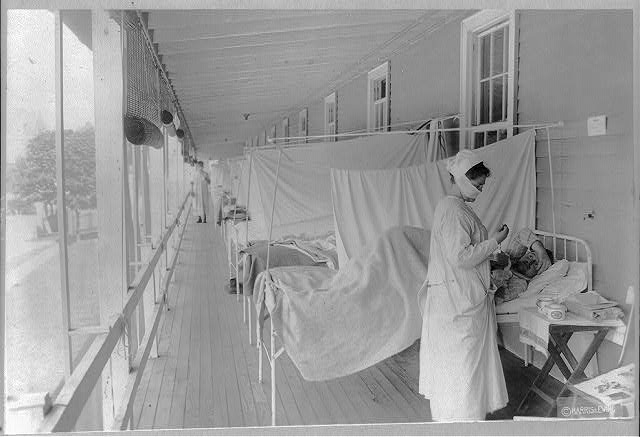
On Nov. 3, 1918, it was becoming clear to all that St. Paul’s influenza situation was not improving,…
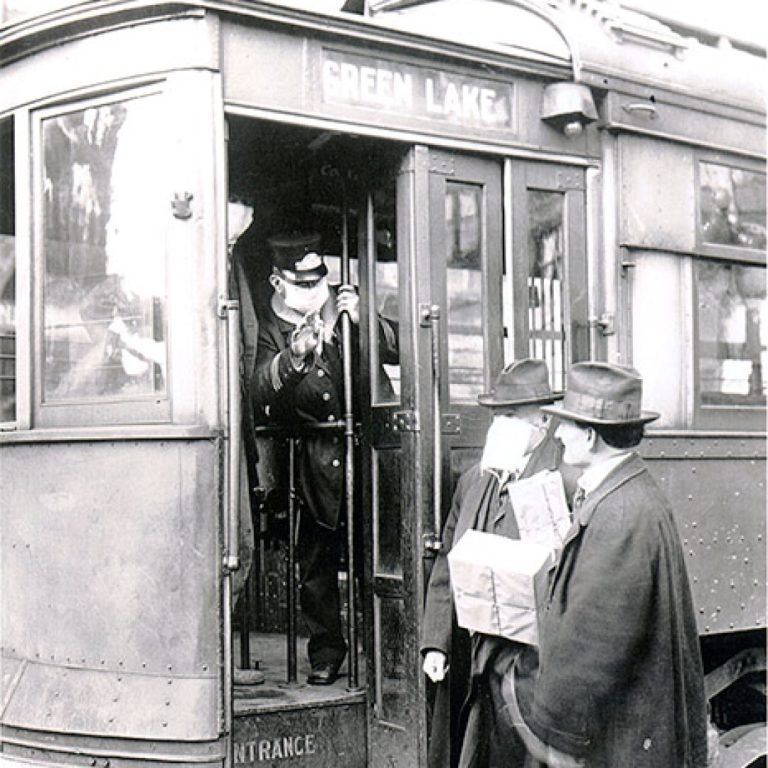
On Nov. 2, 1918, Baltimore health commissioner Dr. John Blake removed the city’s closure order. Public schools were…
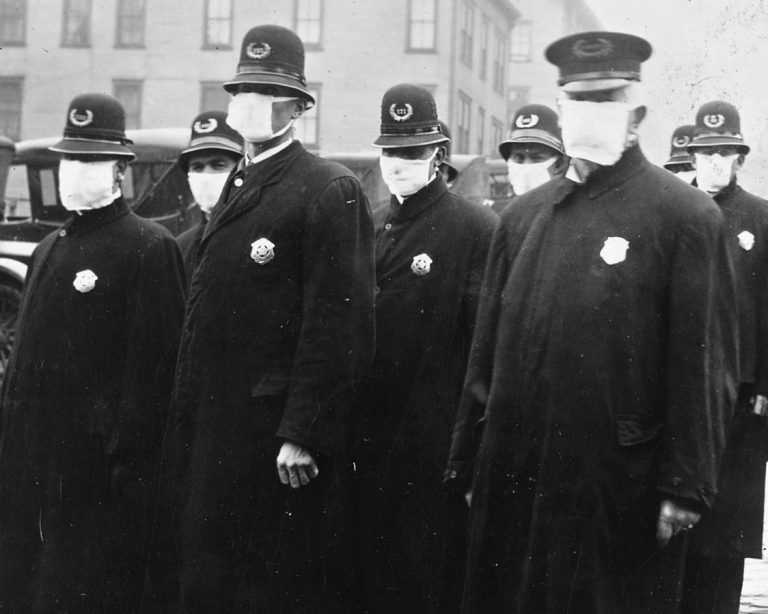
On Nov. 2, 1918, Health Commissioner Dr. Max C. Starkloff, ordered St. Louis policemen in department stores and…
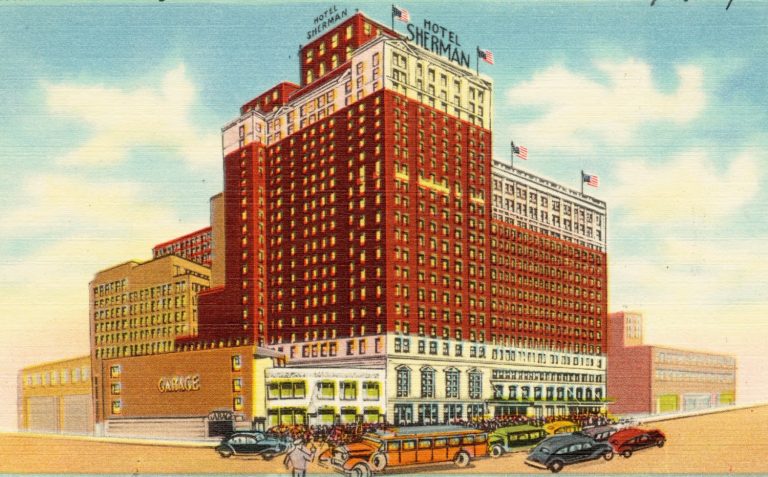
On Nov. 1, 1918, much of Chicago reopened, with inspections and other rules in place. In most cities,…
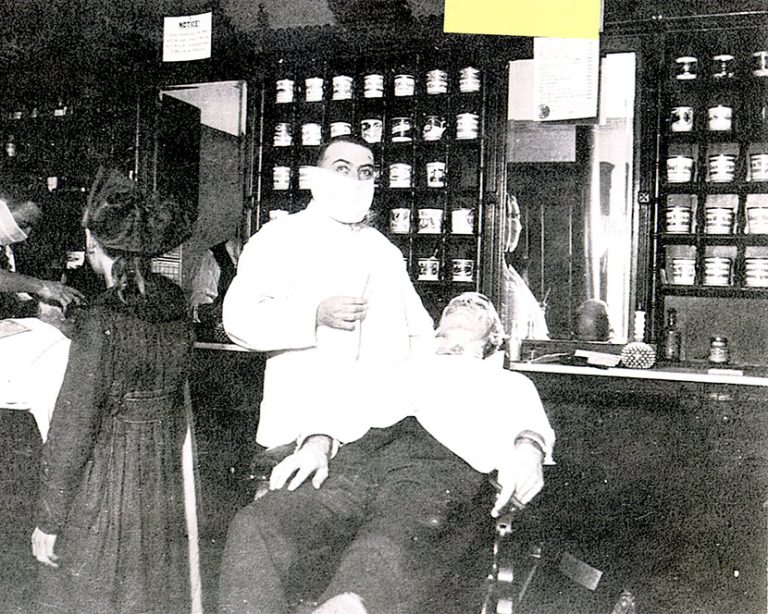
On Nov. 1, 1918, both the state board of health and Omaha’s health commissioner announced the lifting of…
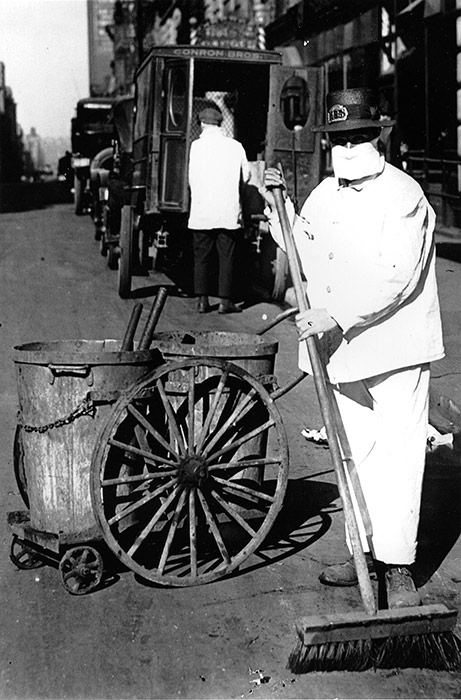
On Nov. 1, 1918, the city of Albany reported 7,091 cases of influenza, and no hospital deaths were…
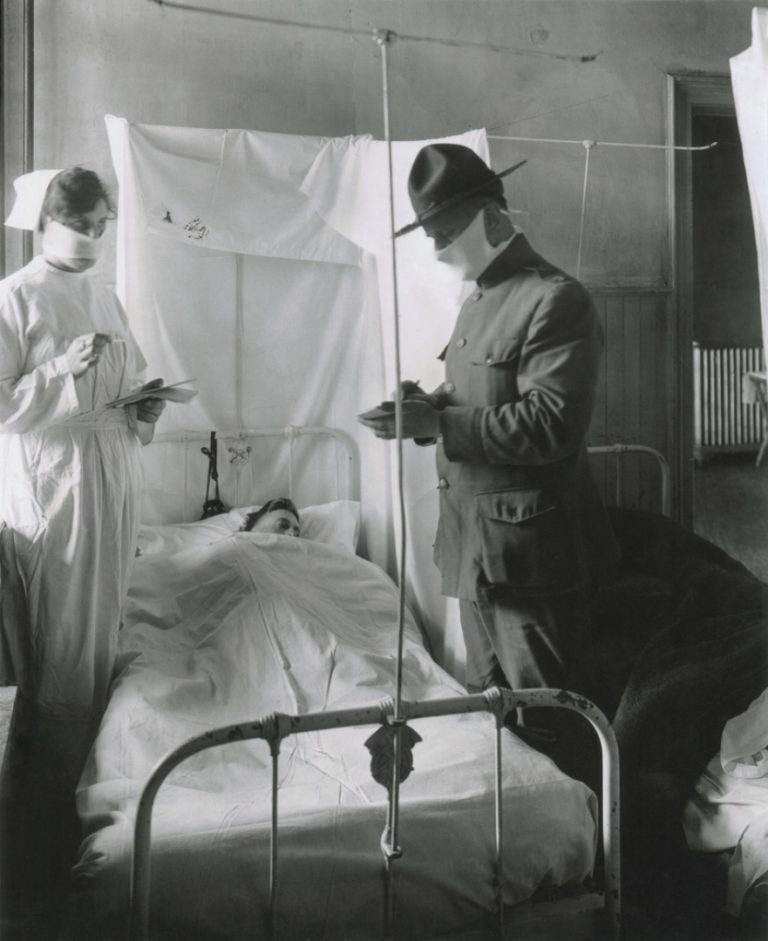
By Nov. 1, 1918, Nashville had reported a total of 40,000 influenza cases and 392 deaths, with thousands…
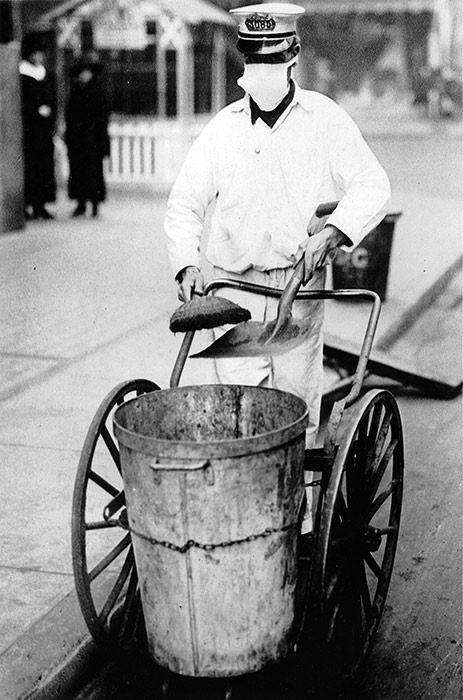
On Oct. 31, 1918, the Los Angeles City Council passed anti-influenza ordinances requiring tenants of properties to clean…
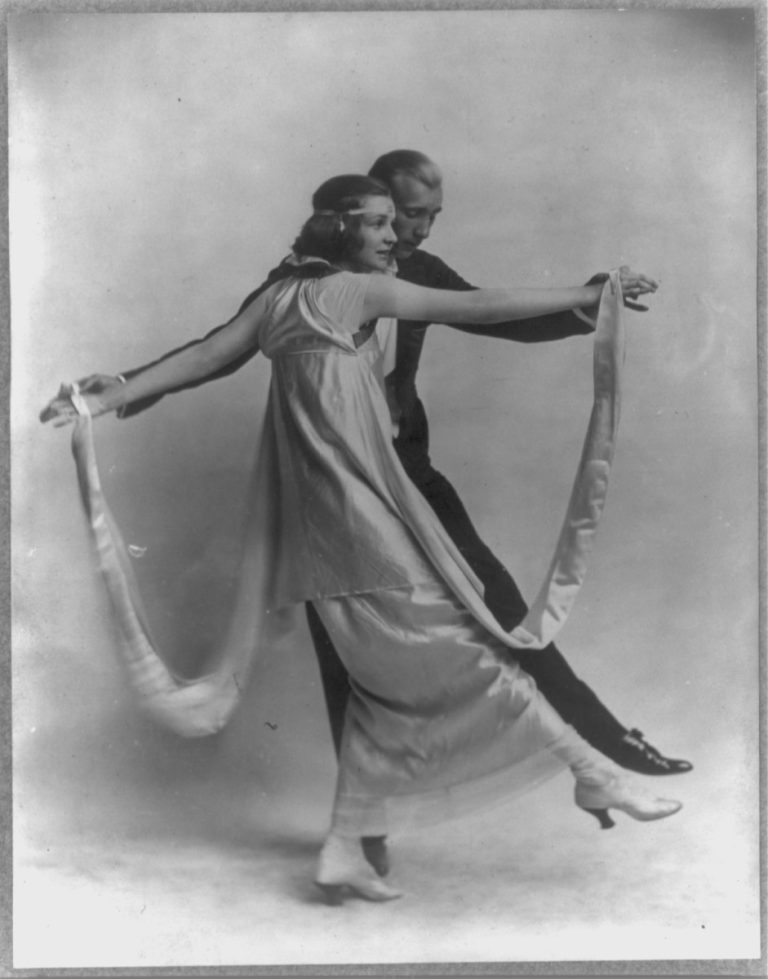
On Oct. 31, 1918, Dallas Mayor Lawther announced the step-wise lifting of closure orders due to influenza, allowing…
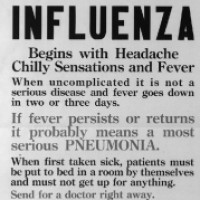
On Oct. 30, 1918, the City Commission voted to lift Birmingham’s closure order effective October 31.
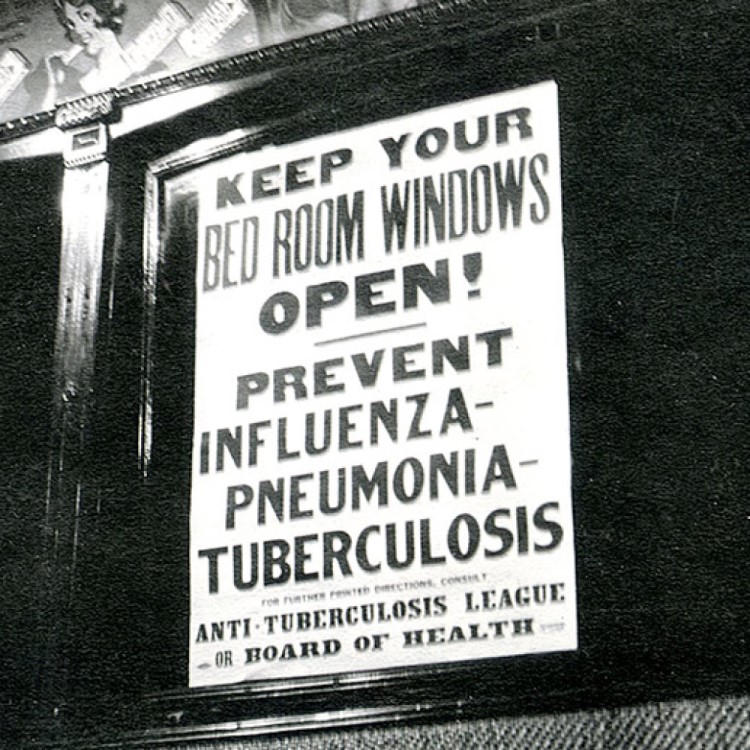
On Oct. 29, 1918, Washington D.C. influenza closure orders were rescinded, allowing churches to reopen on Thursday, October…
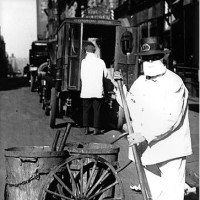
On Oct. 28, 1918, Atlanta power curtailments were relaxed and theaters returned to normal operating hours.
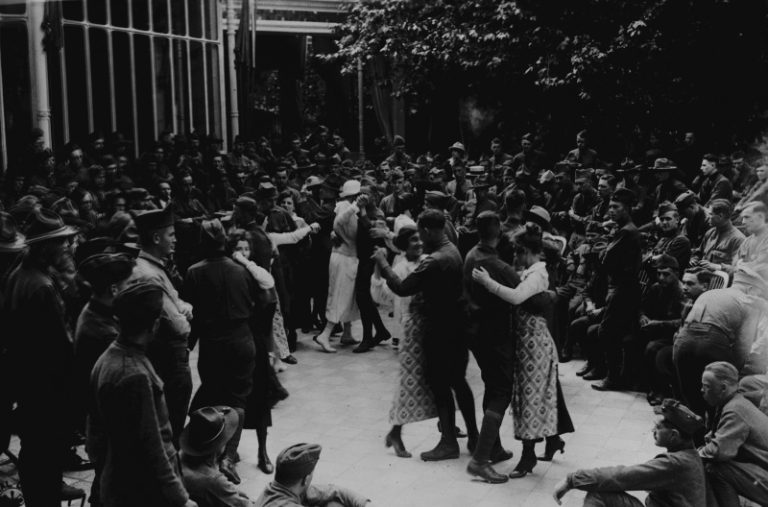
On Oct. 28, 1918, after Chicago influenza case tallies had declined, many bans were removed to that music,…
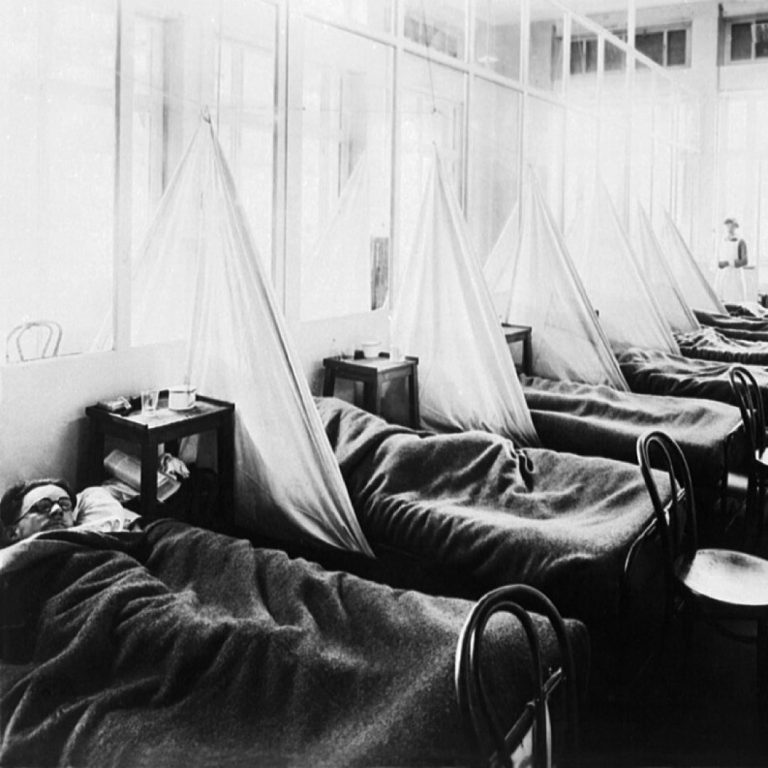
On Oct. 28, 1918, after a decline in the explosive influenza case numbers, Pennsylvania health officials lifted closure…

On Oct. 27, 1918, by the last week of October, Cincinnati seemed to be rounding the bend. New…
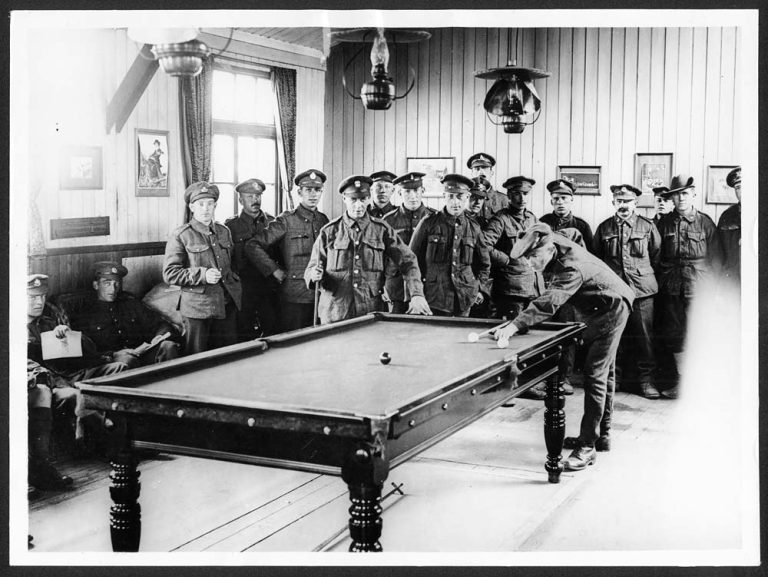
On Oct. 26, 1918, Baltimore health commissioner Blake decided to allow churches, retail stores, movie houses, theaters, poolrooms,…
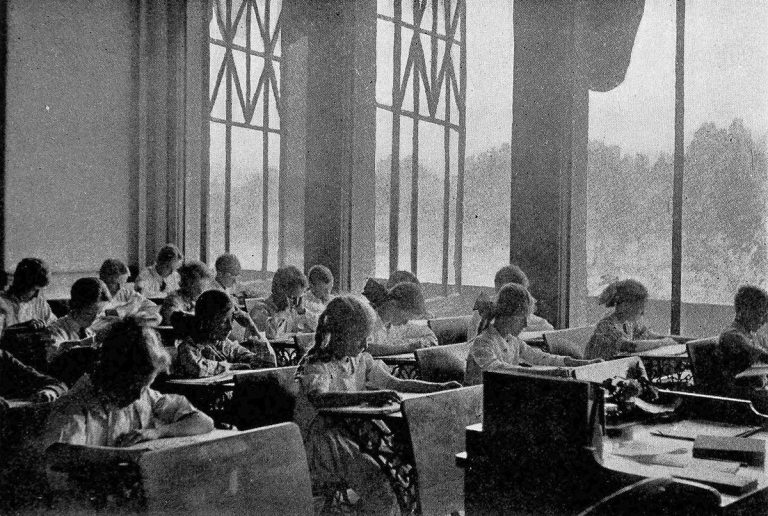
On Oct. 25, 1918, at the direction of the health department, Detroit teachers began training to volunteer to…
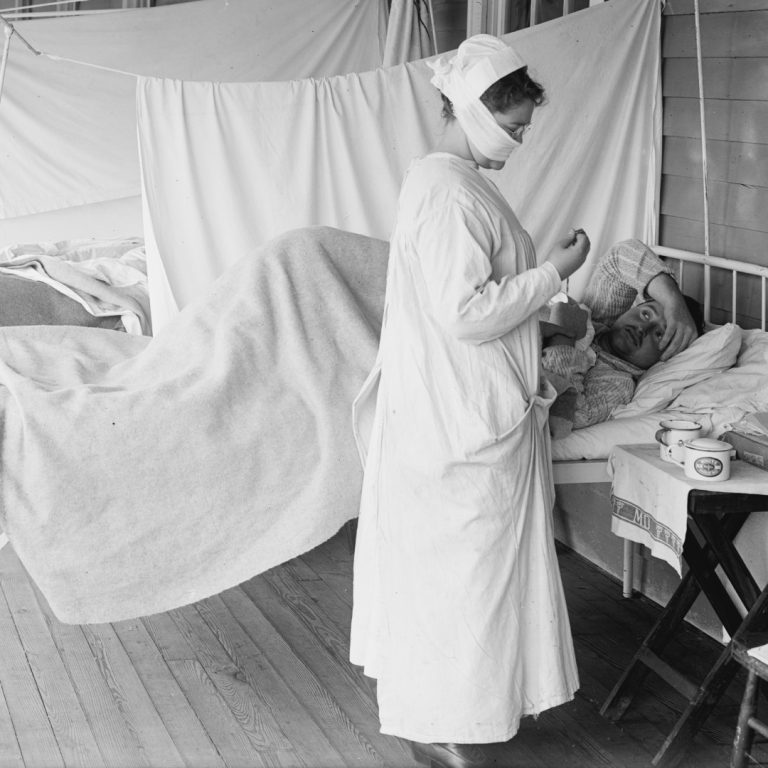
On Oct. 25, 1918, in response to the growing epidemic, the Utah board of health discussed a statewide…

Oct. 24, 1918, the city of Albany was reopened. Schools and most movie houses were to remain closed…

On Oct. 23, 1918, the Los Angeles Times ran a statement from the California Governor William Dennison Stephens…
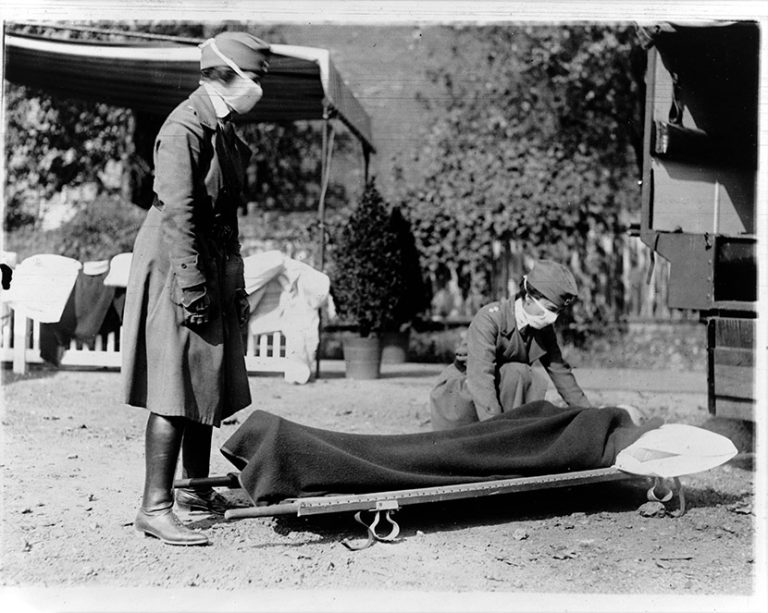
On Oct. 23, 1918, St. Paul health officer Dr. B. F. Simon proudly announced that there had only been…
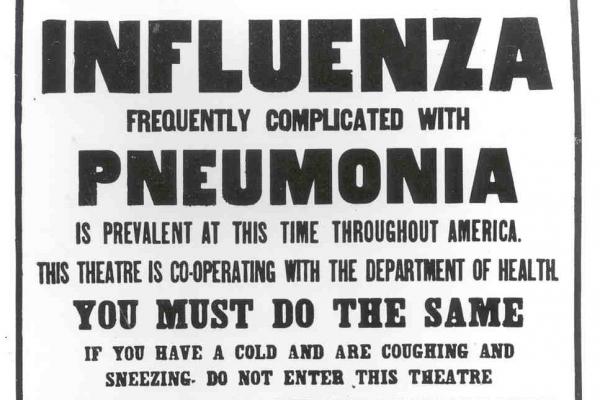
On Oct. 22, 1918, the Nebraska Board of Health ordered a statewide gathering ban on groups of twelve…

On Oct. 21, 1918, Boston schools reopened to students. The District Nursing Association warned Bostonians that, despite the…

On Oct. 21, 1918, the board of health and school officials met and decided to close all public,…

On Oct. 21, 1918, going against health orders, the Minneapolis Board of Education voted to reopen public schools,…
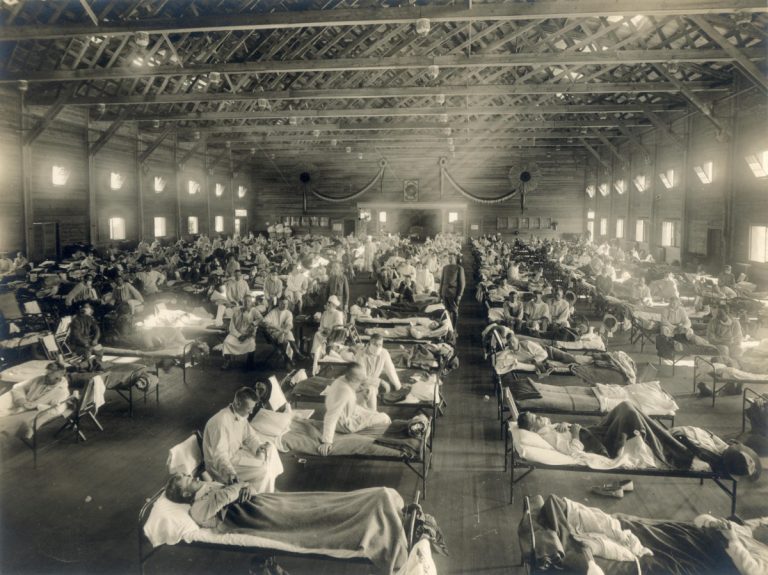
On Oct. 21, 1918, Cleveland reached a milestone of 1000 reported influenza cases last Cleveland hospitals. Within just…
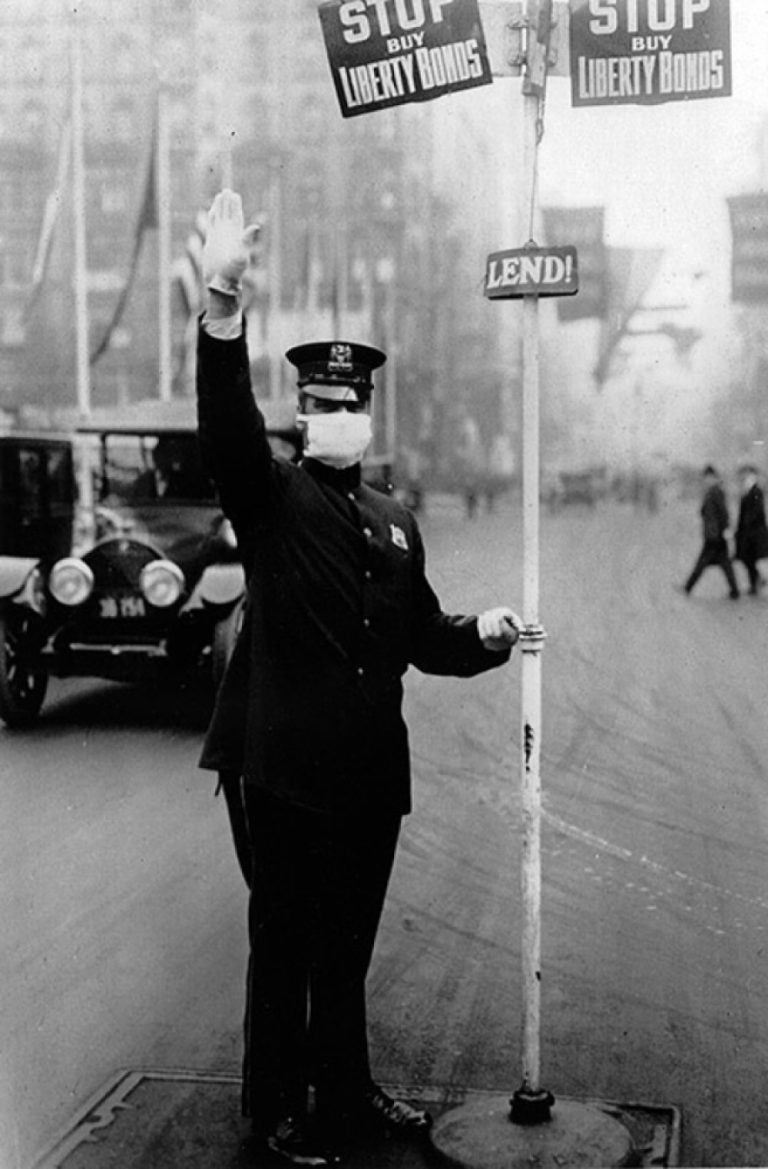
On Oct. 20, 1918, Health Commissioner Dr. Max C. Starkloff ordered a restriction of St. Louis business hours,…

On Oct. 19, 1918, the number of influenza cases in Minneapolis had reached about 3,000. When the Retailer’s…
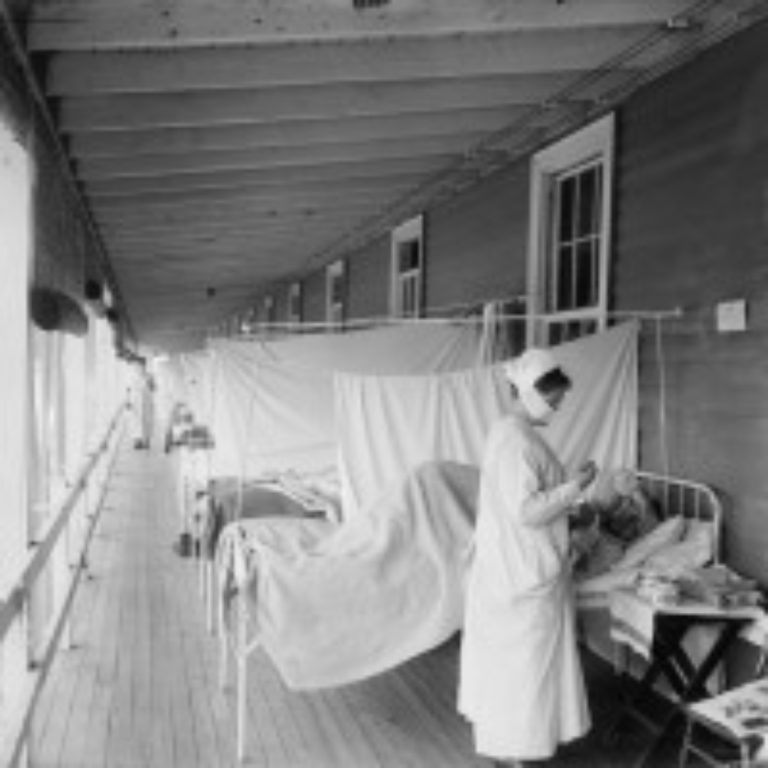
By Oct. 19, 1918, the epidemic continued to grow worse with 4,875 new cases of influenza reported in…
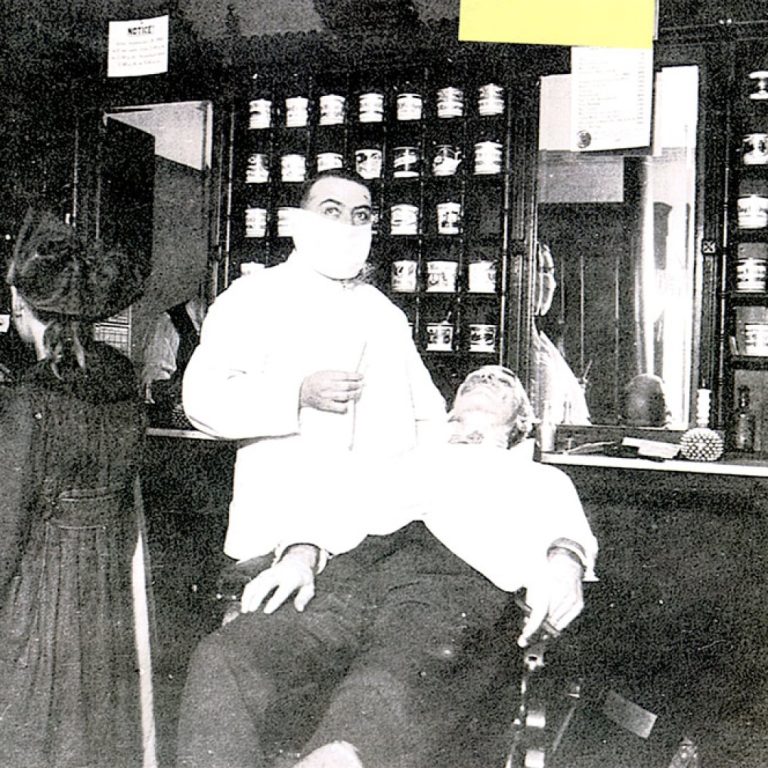
On Oct. 19, 1918, it was reported that over 3,500 Bostonians had died from influenza or pneumonia since…